A patient with a history of heart failure is prescribed a medication that increases urine output to reduce fluid buildup.
Which of the following statements best describes the mechanism of action of the prescribed medication?
Inhibits the renin-angiotensin-aldosterone system.
Blocks beta receptors.
Increases sodium and water reabsorption.
Enhances glomerular filtration rate.
Correct Answer : D
The correct answer is choice D - Enhances glomerular filtration rate.
The medication prescribed to the patient is a diuretic, which removes water and electrolytes from the body by increasing urination 1.
This helps reduce fluid buildup in the body.
Choice A, Inhibits the renin-angiotensin-aldosterone system, is not the correct answer because it describes a different mechanism of action.
Choice B, Blocks beta receptors, is not the correct answer because it describes a different mechanism of action.
Choice C, Increases sodium and water reabsorption, is not the correct answer because it would have the opposite effect of reducing fluid buildup.
TEAS 7 Exam Quiz Bank
HESI A2 Exam Quiz Bank
Find More Questions 📚
Teas 7 Questions: We got the latest updated TEAS 7 questions
100% Money Refund: 100% money back guarantee if you take our full
assessment pass with 80% and fail the actual exam.
Live Tutoring: Fully customized live tutoring lessons.
Guaranteed A Grade: All students who use our services pass with 90%
guarantee.
Related Questions
Correct Answer is B
Explanation
Fertilization.
Fertilization is the process by which male and female gametes fuse to form a zygote.
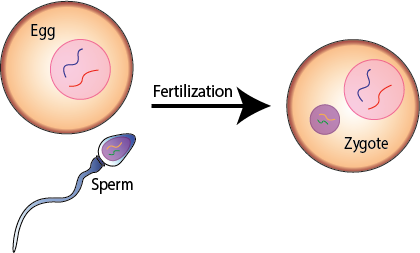 |
Oogenesis (choice A) is the process by which female gametes, or eggs, are produced.
Meiosis (choice C) is a type of cell division that results in the formation of gametes.
Mitosis (choice D) is a type of cell division that results in the formation of two identical daughter cells.
Correct Answer is C
Explanation
Immunologic memory is the hallmark of adaptive immunity.
Immunologic memory enables the host to mount a more rapid and efficient immune response upon subsequent exposure to the antigen.
Choice A is incorrect because rapid recruitment of immune cells to sites of infection and inflammation is a characteristic of innate immunity.
Choice B is incorrect because antigen-independent defense mechanisms are characteristic of innate immunity.
Choice D is incorrect because non-specific host-defense mechanisms are characteristic of innate immunity.
Correct Answer is C
Explanation
The correct answer is choice C. Thyroxine.
Thyroxine (T4) is a hormone produced by the thyroid gland that controls your body’s metabolism, the process in which your body transforms the food you eat into energy.
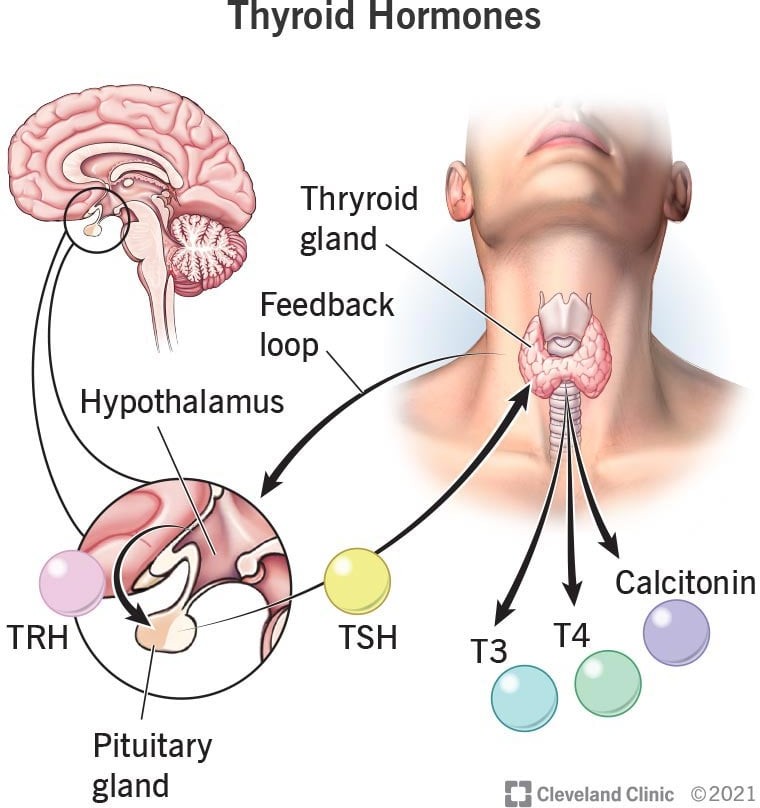
Choice A, Estrogen, is not the correct answer because it is a hormone responsible for the development of female secondary sexual characteristics.
Choice B, Progestin, is not the correct answer because it is a synthetic form of progesterone used in hormonal birth control and hormone replacement therapy.
Choice D, Androgen, is not the correct answer because it is a hormone responsible for the development of male secondary sexual characteristics.
Correct Answer is A
Explanation
The correct answer is choice A. Thymus.
The thymus is a primary lymphoid organ located in the mediastinum.
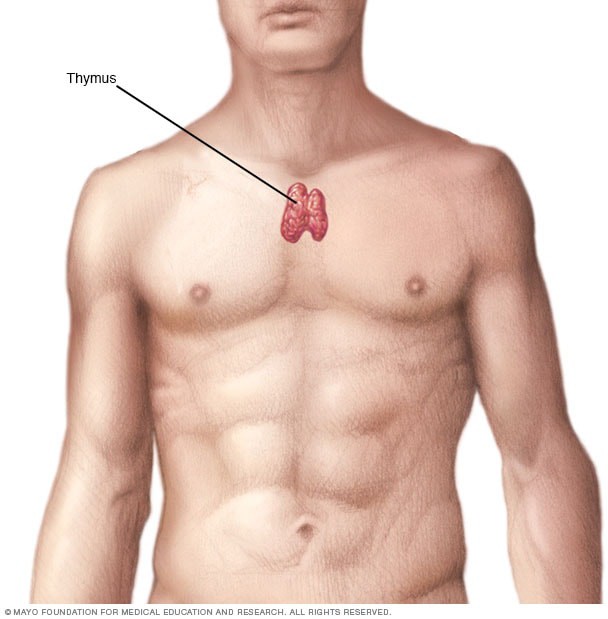 |
It plays a key role in the maturation and differentiation of T-lymphocytes.
Choice B.
Parathyroid is incorrect because the parathyroid glands are small endocrine glands located in the neck that produce parathyroid hormone, which regulates calcium levels in the blood.
Choice C.
Adrenal is incorrect because the adrenal glands are endocrine glands located above the kidneys that produce hormones such as cortisol and adrenaline.
Choice D.
Pituitary is incorrect because the pituitary gland is an endocrine gland located at the base of the brain that produces hormones that regulate growth, metabolism, and reproductive functions.
Correct Answer is A
Explanation
These are the four nucleotide bases found in DNA1.

Choice B) Adenine, Thymidine, Cytidine, Guanine is incorrect because Thymidine and Cytidine are not nucleotide bases found in DNA.
Choice C) Adenosine, Thymine, Cytosine, Guanosine is incorrect because Adenosine and Guanosine are not nucleotide bases found in DNA.
Choice D) Adenosine, Thymidine, Cytidine, Guanosine is incorrect because Adenosine, Thymidine and Cytidine are not nucleotide bases found in DNA.
Correct Answer is A
Explanation
The correct answer is choice A.
An increase in viscosity of a fluid results in a decrease in mobility of particles.
Viscosity is the resistance of a fluid to a change in shape or movement of neighboring portions relative to one another.
It denotes opposition to flow and may be thought of as internal friction between the molecules.
Choice B is incorrect because an increase in viscosity does not affect the density of a fluid.
Choice C is incorrect because an increase in viscosity results in a decrease, not an increase, in flow rate.
Choice D is incorrect because an increase in viscosity does not affect the pressure of a fluid.
Correct Answer is C
Explanation
Innate immunity represents the first line of defense to an intruding pathogen.
The innate immune system is a series of nonspecific defenses that make up the innate immune system.
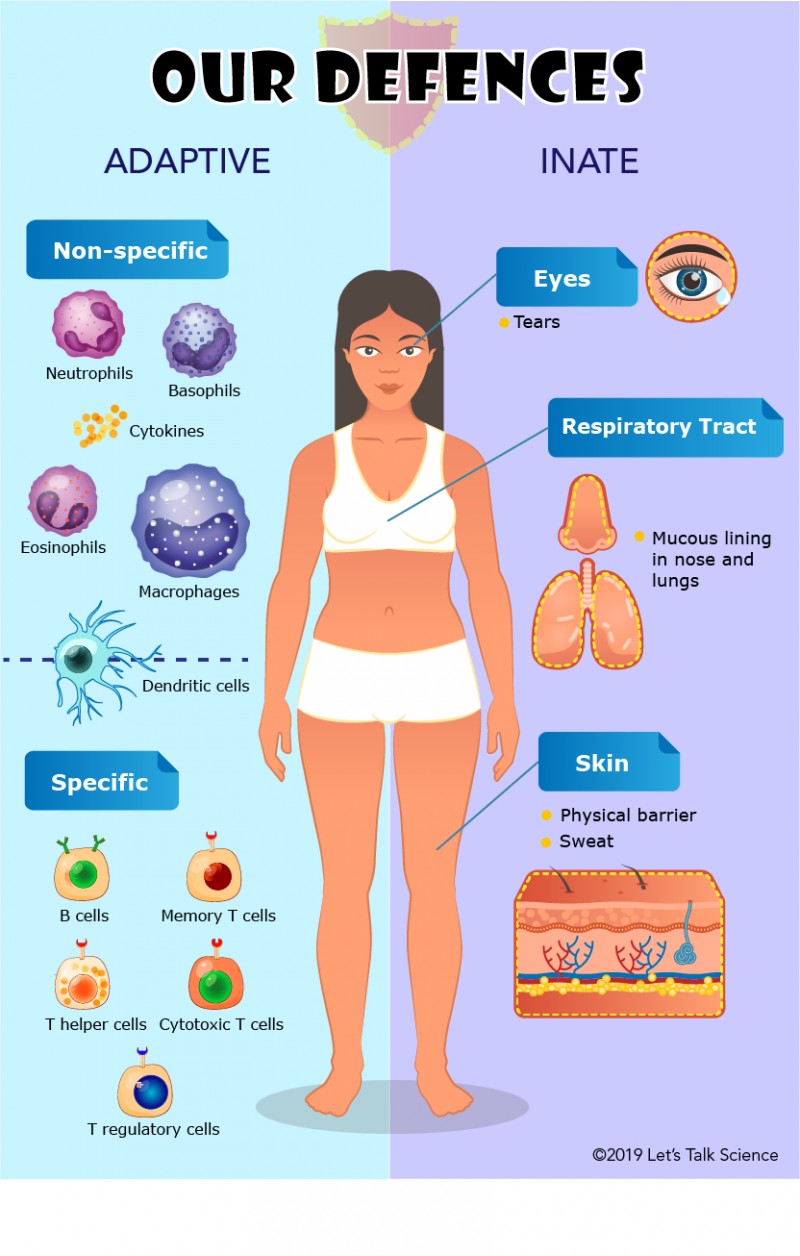
These defenses are not directed against any one pathogen but instead provide a guard against all infection.
Choice A is incorrect because adaptive immunity is activated when pathogens are able to bypass innate immune defenses.
Choice B is incorrect because antibodies are part of the adaptive immune system and are produced by B cells.
Choice D is incorrect because T cells are part of the adaptive immune system and assist B cells or directly kill infected cells.
Correct Answer is A
Explanation
The correct answer is choice A.
The superior vena cava is the largest vein in the human body that returns deoxygenated blood from the upper half of the body to the right atrium of the heart.
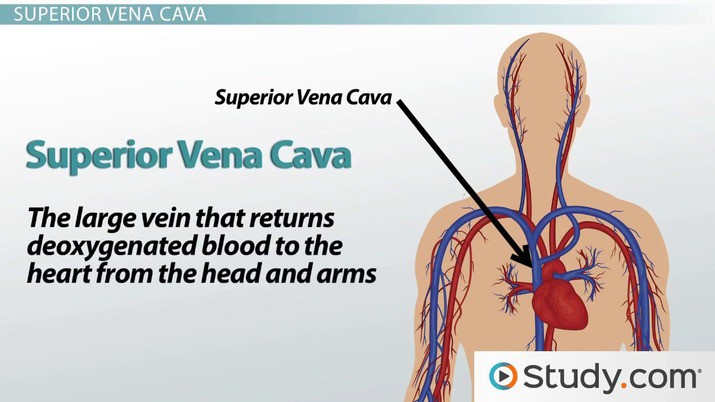
Choice B is incorrect because the inferior vena cava returns deoxygenated blood from the lower half of the body to the right atrium of the heart.
Choice C is incorrect because the pulmonary vein carries oxygenated blood from the lungs to the left atrium of the heart.
Choice D is incorrect because the renal vein carries deoxygenated blood from the kidneys to the inferior vena cava.
Correct Answer is C
Explanation
Diffusion.
During hemodialysis, waste products and excess fluids are removed from the blood by diffusion 1.
Diffusion is a separation process in which particles that are dissolved in a solution are relocated from an area of higher concentration in the blood to an area of lower concentration in the dialysate.
Choice A.
Active transport is incorrect because active transport is a process that uses energy to move molecules against a concentration gradient.
Choice B.
Osmosis is incorrect because osmosis is the movement of water molecules across a semipermeable membrane from an area of higher water concentration to an area of lower water concentration.
Choice D.
Facilitated diffusion is incorrect because facilitated diffusion is a process where molecules move down their concentration gradient with the help of carrier proteins.
Correct Answer is C
Explanation
The correct answer is choice C. Substitution.
A substitution mutation is a type of point mutation where one base in the DNA sequence is replaced by another base.
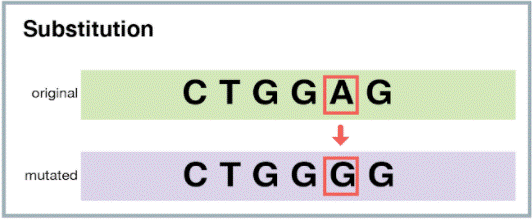 |
Choice A is incorrect because a deletion mutation occurs when one or more bases are removed from the DNA sequence.
Choice B is incorrect because an insertion mutation occurs when one or more bases are added to the DNA sequence.
Choice D is incorrect because an inversion mutation occurs when a segment of DNA is reversed within the chromosome.
This question was extracted from the actual TEAS Exam. Ace your TEAS exam with the actual TEAS 7 questions, Start your journey with us today
Visit Naxlex, the Most Trusted TEAS TEST Platform With Guaranteed Pass of 90%.
Money back guarantee if you use our service and fail the actual exam. Option of personalised live tutor on your area of weakness.
